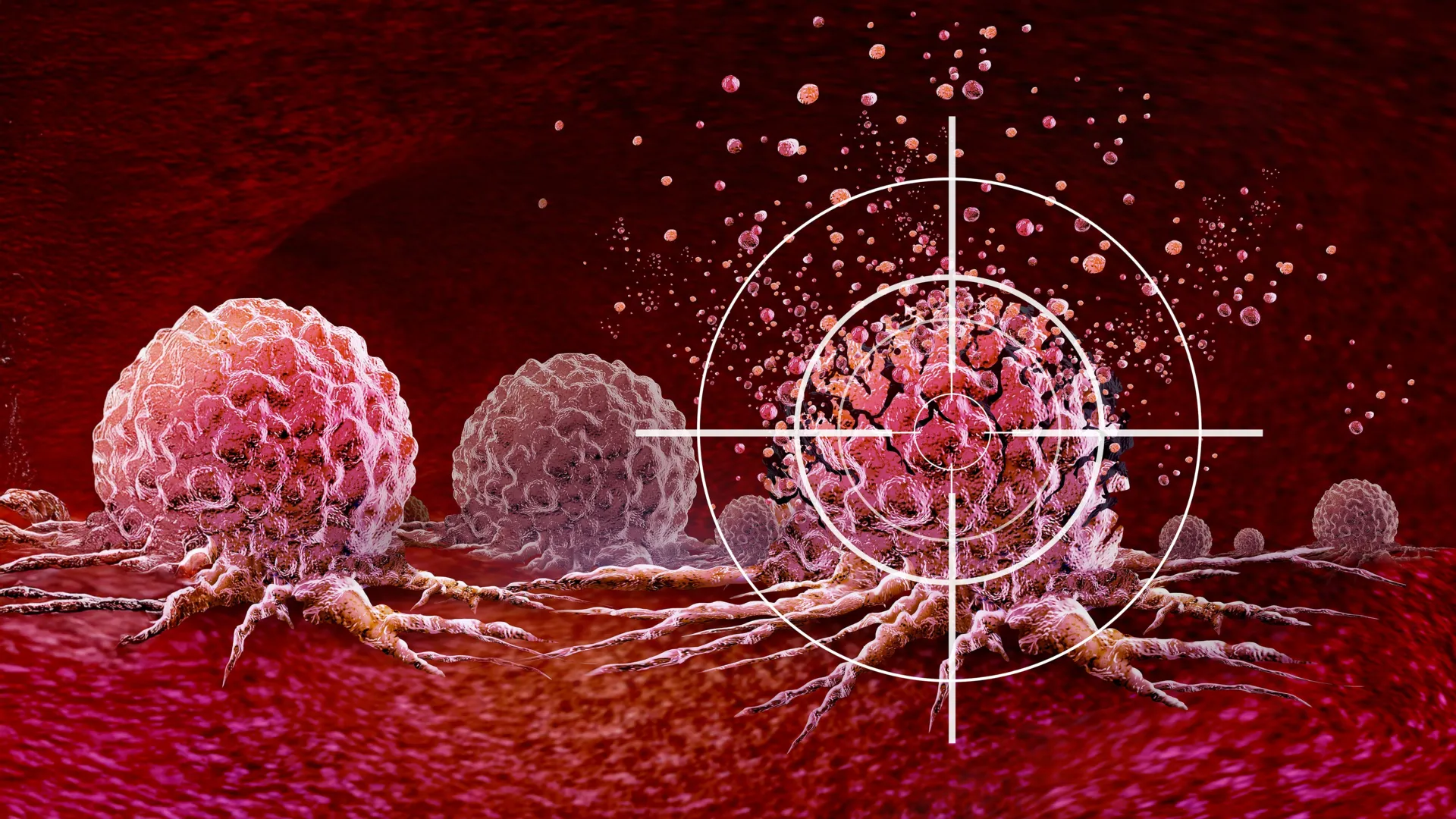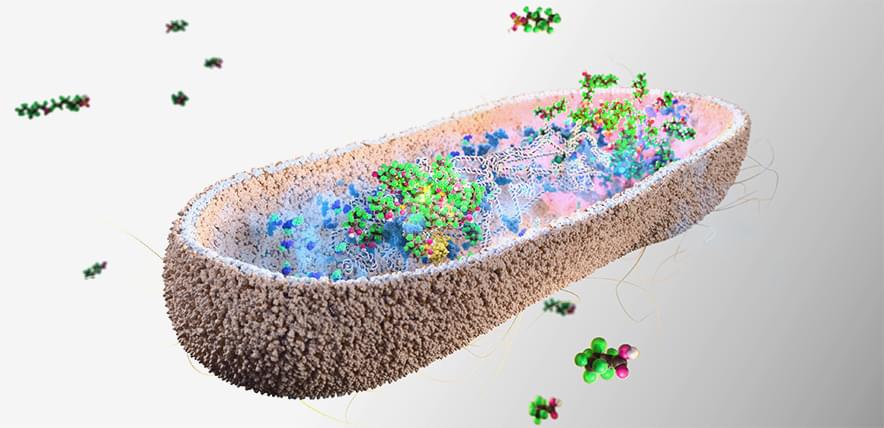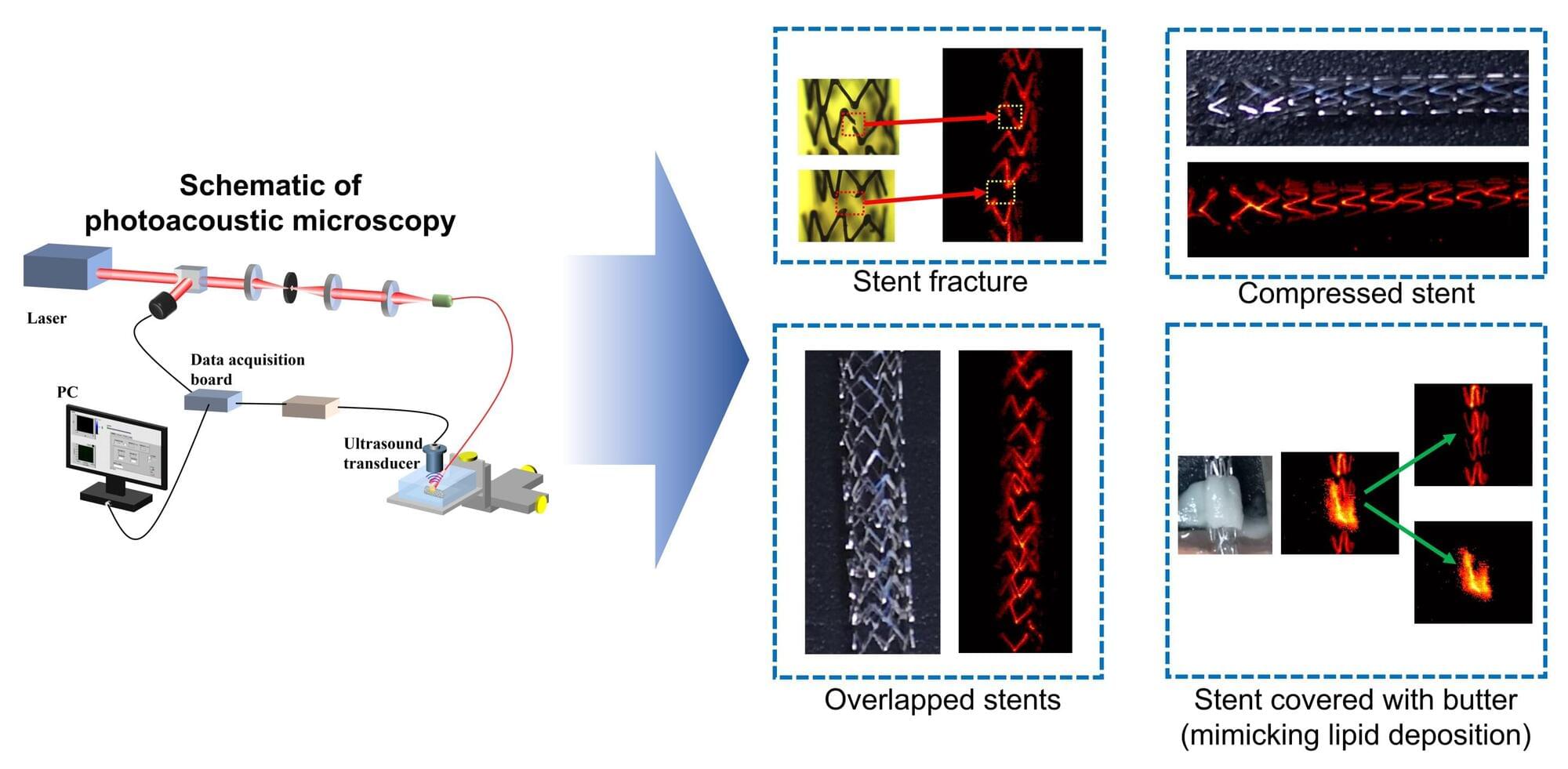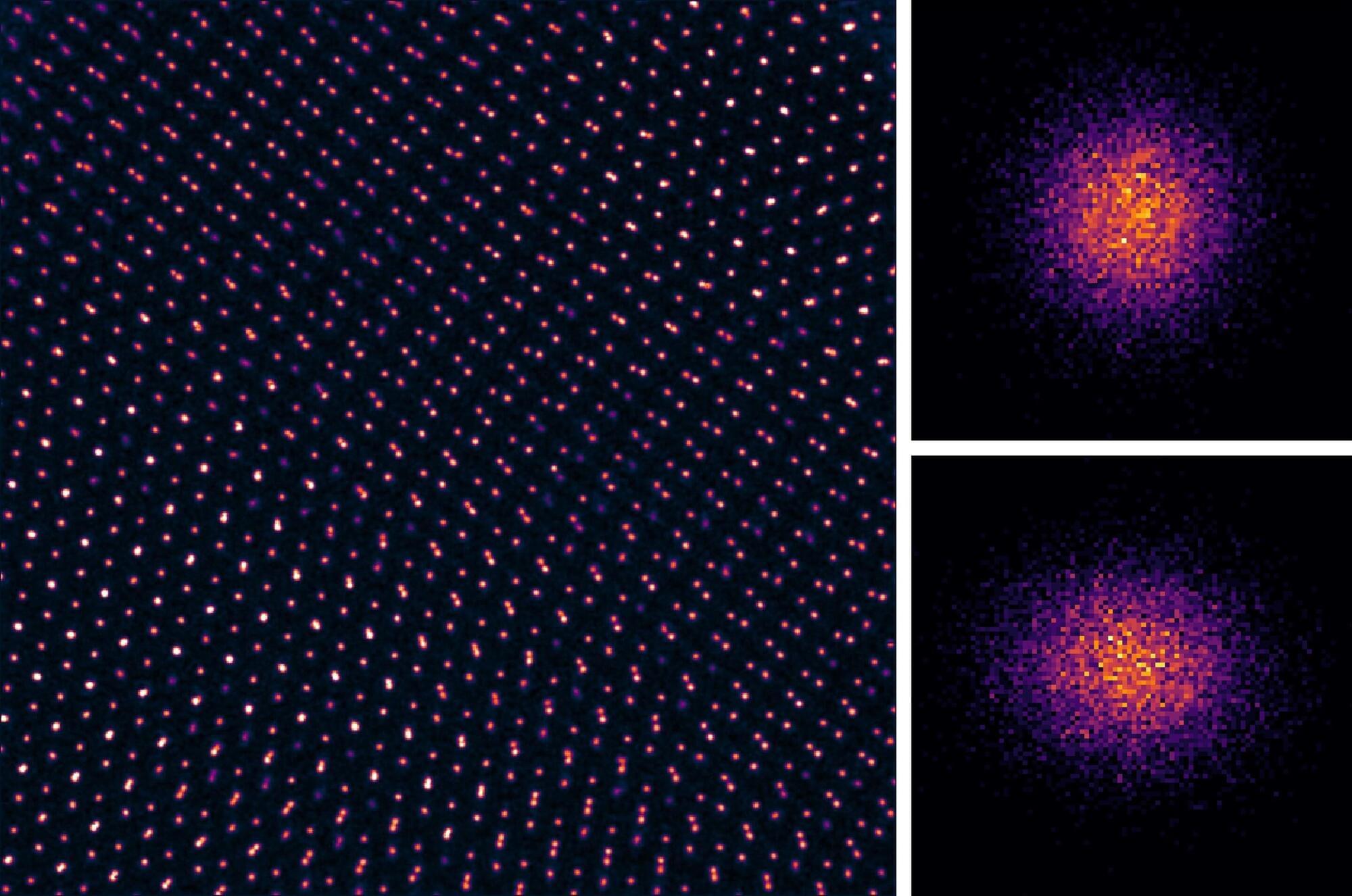PFAS have been linked with a range of health issues including decreased fertility, developmental delays in children, and a higher risk of certain cancers and cardiovascular diseases.
Scientists at the University of Cambridge have identified a family of bacterial species, found naturally in the human gut, that absorb various PFAS molecules from their surroundings. When nine of these bacterial species were introduced into the guts of mice to ‘humanise’ the mouse microbiome, the bacteria rapidly accumulated PFAS eaten by the mice — which were then excreted in faeces.
The researchers also found that as the mice were exposed to increasing levels of PFAS, the microbes worked harder, consistently removing the same percentage of the toxic chemicals. Within minutes of exposure, the bacterial species tested soaked up between 25% and 74% of the PFAS.
The results are the first evidence that our gut microbiome could play a helpful role in removing toxic PFAS chemicals from our body — although this has not yet been directly tested in humans.
Scientists have discovered that certain species of microbe found in the human gut can absorb PFAS — the toxic and long-lasting ‘forever chemicals.’ They say boosting these species in our gut microbiome could help protect us from the harmful effects of PFAS.









